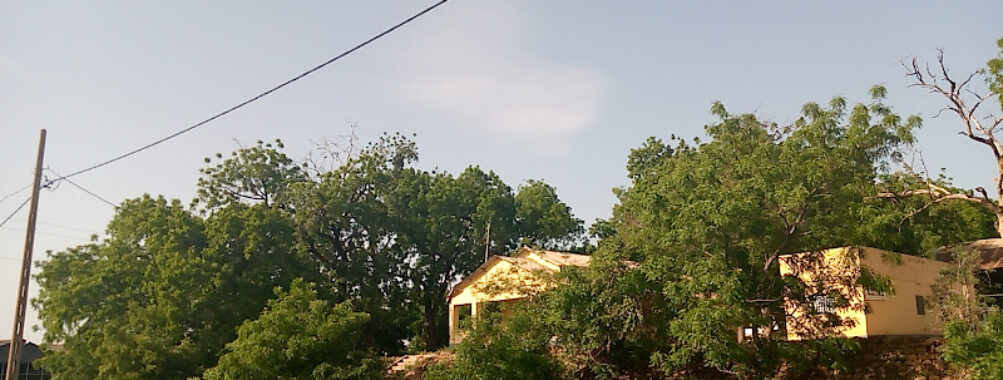
Foulbere
“`html
Table of Contents
Description
The Foulbere in Garoua, Cameroon, offers a fascinating blend of local heritage, natural scenery, and community warmth that many travelers often seek out when exploring northern Cameroon. It is not a flashy or overly commercialized destination, which honestly adds to its charm. The Foulbere reflects the everyday rhythms of life in Garoua, allowing visitors to get a feel for culture, food, and traditions that you might miss if you only stuck to high-traffic tourist corridors. Some people walk away with glowing memories of the hospitality and simplicity, while others find it a little more rustic than expected—but that’s part of the real, lived-in atmosphere that you can’t artificially recreate.
The experience here is one of authenticity. Visitors often encounter families, markets, and the practical lifestyles of the Foulbere people, a community with deep roots in Cameroon. It’s not a place polished for show; it’s a working cultural space with layers of identity and meaning. Depending on the angle you approach it from, you may notice small imperfections—less infrastructure in some areas, varying levels of comfort, and services that take time. But the exchange is an immersion into a community that values its traditions and has retained a strong link to its ancestry and way of life.
Walking through or spending time in the Foulbere is not just a physical journey but also a cultural one. The area tells stories of adaptation and resilience, with families carrying on practices that have existed for generations while slowly incorporating modern touches. That balance—between heritage and change—is both intriguing and grounding. Travelers who crave more than just a surface-level view of Cameroon often find visiting here very rewarding.
Key Features
- Cultural immersion – an opportunity to engage with the Foulbere community and observe daily traditions
- Local cuisine – access to authentic northern Cameroonian dishes prepared with fresh, regional ingredients
- Markets and trade – lively settings where you can see local goods, textiles, crafts, and exchanges
- Architecture – traditional building styles made with local materials reflecting practicality and environment
- Community atmosphere – friendly interactions and a sense of belonging for those who respect local customs
- Scenery – views of Garoua’s broader landscape, from the Benue River to nearby hills and the dry-season charm
- Historical continuity – a place where older traditions are still tied closely to the lives of the people
Best Time to Visit
In Garoua, climate plays a massive role in defining when travel feels comfortable. The dry season, from November to March, generally offers the easiest conditions for exploring the Foulbere. Roads are more reliable, markets are bustling with harvested crops, and you don’t have to worry too much about sudden downpours washing out your plans. Temperatures do creep up into the high 30s Celsius during midday, but mornings and evenings are usually pleasant and breezy.
The rainy season, roughly from May through September, turns the land into vibrant greenery. This is when the Benue River swells, and farming kicks into full gear. It’s a good time if you’re intrigued by agriculture and dramatic landscapes, although mud, humidity, and the occasional travel delays may test your patience. Personally, I think if you’re more into comfort, the dry season is your safest bet. But if you love seeing landscapes in full bloom, rainy season has its rewards too.
How to Get There
Reaching the Foulbere is usually tied to arriving in Garoua first, which is well-connected by air and road. Garoua International Airport receives domestic flights from Douala and Yaoundé, and from there, it’s just a short drive to the Foulbere area. Taxis and local transport are available, though it helps to negotiate your fare ahead of time. Drivers in Garoua are generally familiar with the route, since the Foulbere remains a recognizable part of the city fabric.
If you’ve got more time, the road trip option is doable too—buses and shared cars run regular routes connecting Douala, Yaoundé, and Garoua, though expect long hours on the road (and occasional breakdowns, which is pretty much part of the deal in Cameroon). The good side? You’ll see changing landscapes along the way, from lush equatorial greenery to the semi-arid north.
Tips for Visiting
Anyone planning to explore the Foulbere in Garoua, Cameroon can make the experience smoother by keeping a few practical things in mind:
- Respect local customs – greetings, polite interactions, and modest dress go a long way in being received warmly.
- Carry cash – electronic payments aren’t common, and smaller denominations often make transactions easier.
- Language matters – French is widely spoken, but picking up a few words in Fulfulde or even practicing basic greetings can spark smiles and open doors.
- Stay hydrated – heat can easily sneak up on you, so bottled or filtered water is essential when you’re moving around.
- Plan for flexible timing – schedules here don’t always run like clockwork, especially with transport or markets. Patience helps.
- Support responsibly – buying local crafts or food directly from vendors makes a bigger impact for families than chain stores or imported goods.
It’s worth viewing the visit not only as sightseeing but also as a mutual exchange. The Foulbere offers its heritage, daily rhythms, and warmth, while visitors bring curiosity and appreciation. And often, the little spontaneous moments—sharing tea with locals, getting invited into a courtyard, haggling at the market—become the stories you remember far longer than the postcard shots. If you approach with openness, you’ll walk away with a deeper sense of what makes Garoua and northern Cameroon tick.
“`
Location
Places to Stay Near Foulbere
Find and Book a Tour
Explore More Travel Guides
No reviews found! Be the first to review!